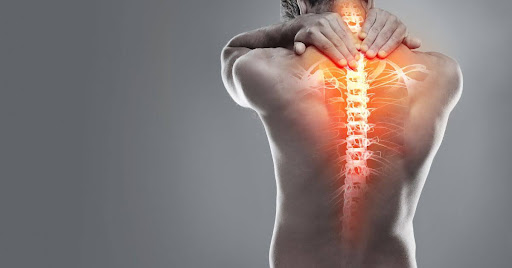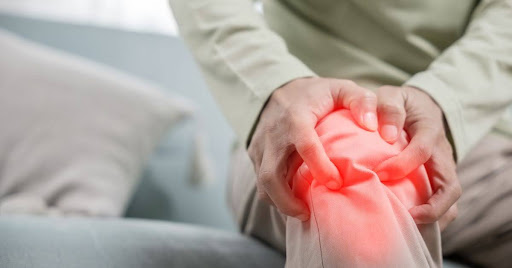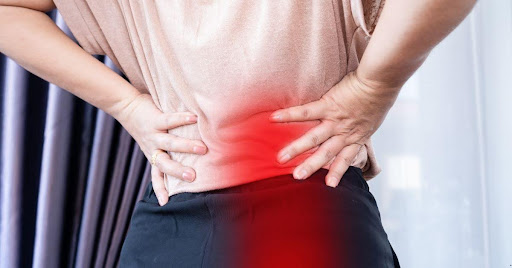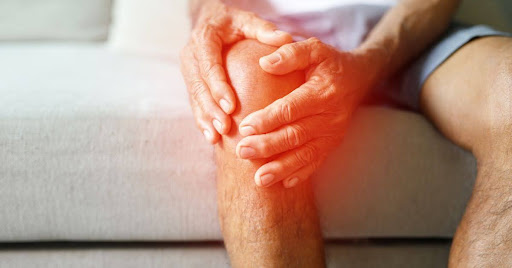What is Cervical Pain? Causes, Symptoms & Treatment Options
4 min read
By DocGenie , Published on - 25 March 2025 Cervical pain, commonly referred to as neck pain, is a widespread issue that can affect individuals of all ages. It can stem from lifestyle habits, underlying health conditions, or even injuries. Whether it's a mild discomfort or a persistent ache that interferes with daily life, understanding what is cervical pain, its causes, symptoms, and treatments is key to long-term relief and prevention.
Cervical pain, commonly referred to as neck pain, is a widespread issue that can affect individuals of all ages. It can stem from lifestyle habits, underlying health conditions, or even injuries. Whether it's a mild discomfort or a persistent ache that interferes with daily life, understanding what is cervical pain, its causes, symptoms, and treatments is key to long-term relief and prevention.What is Cervical Pain?
 Cervical pain refers to discomfort or stiffness in the cervical spine—the upper portion of the spine located in the neck. The cervical spine consists of seven vertebrae (C1–C7) and supports the head’s movement while protecting the spinal cord.
Cervical pain refers to discomfort or stiffness in the cervical spine—the upper portion of the spine located in the neck. The cervical spine consists of seven vertebrae (C1–C7) and supports the head’s movement while protecting the spinal cord.Neck pain may be acute (short-term) or chronic (long-term), and it often results from poor posture, muscle strain, or degenerative changes in the cervical vertebrae.
Common Causes of Cervical Pain
Understanding the root cause of cervical discomfort helps determine the most effective treatment. Here are some of the most common contributors to neck pain:- Poor Posture – Spending long hours hunched over phones or computers can strain neck muscles.
- Muscle Strain – Overuse or sudden movements can cause muscle fatigue or tightness.
- Cervical Spondylosis – Age-related wear and tear of spinal discs leading to stiffness and chronic pain.
- Herniated Disc – A slipped disc in the cervical region can press on nerves, causing pain or numbness.
- Injuries – Whiplash from sudden impacts, such as car accidents, is a common trigger.
- Underlying Conditions – Conditions like arthritis or infections can also lead to chronic cervical pain.
Symptoms of Cervical Pain
 The symptoms of cervical pain vary depending on its cause. Common signs include:
The symptoms of cervical pain vary depending on its cause. Common signs include:- Persistent stiffness or soreness in the neck
- Sharp or shooting pain in the shoulder, arm, or hand
- Headaches originating at the base of the skull
- Limited range of neck movement
- Tingling, numbness, or weakness in the arms or fingers
If the pain persists for more than a few days or worsens with movement, consult a healthcare provider.
Cervical Pain Treatment at Home
For mild to moderate cases, cervical pain treatment at home can be effective. Home remedies include:- Cold or Heat Therapy – Apply ice packs to reduce inflammation or warm compresses to relax tight muscles.
- Neck Stretches – Gentle stretches can improve flexibility and reduce stiffness.
- Posture Correction – Sit upright, avoid hunching, and use ergonomic furniture to support the neck.
- Pain Relief Medications – Over-the-counter medications like ibuprofen or acetaminophen can reduce pain and swelling.
- Neck Support – A soft cervical collar can help immobilize the neck temporarily to prevent further strain.
Exercise for Cervical Pain in Neck and Shoulder
Regular exercise can alleviate cervical discomfort and strengthen neck and- Neck Tilts – Gently tilt your head from side to side and forward/backward to release tension.
- Shoulder Rolls – Rotate shoulders in circular motions to reduce stiffness.
- Isometric Neck Exercises – Press your palm against your forehead while resisting with your neck muscles.
- Wall Angels – Stand with your back against a wall and move your arms up and down like “snow angels.”
Always perform exercises slowly and discontinue if they cause increased pain.
How to Cure Cervical Pain
While not all causes of cervical pain are curable, most can be effectively managed with a combination of therapies:- Physical Therapy – A physiotherapist can guide you through tailored exercises and posture training.
- Medication – Muscle relaxants or anti-inflammatory drugs may be prescribed.
- Injections – In severe cases, corticosteroid injections help reduce inflammation near the nerves.
- Surgical Options – For persistent pain due to herniated discs or spinal stenosis, surgery might be necessary.
Consult your doctor for a proper diagnosis and personalized treatment plan based on the severity of your symptoms.
How to Relieve Cervical Pain Naturally
- Yoga and Stretching – Improves flexibility and reduces tension in the neck and shoulders.
- Massage Therapy – Helps relax tight muscles and improve blood flow.
- Acupuncture – May provide pain relief by stimulating specific points on the body.
- Herbal Remedies – Turmeric, ginger, and magnesium supplements may help reduce inflammation.
Note: Always check with your doctor before trying alternative treatments, especially if you’re on medication or have underlying conditions.



